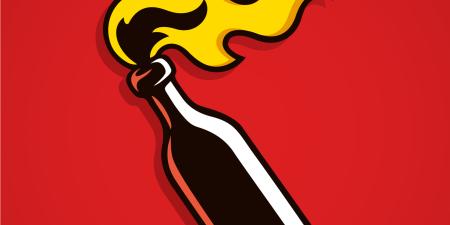Two-thirds of the bodies donated at death to help others are used for tissue—principally bone and skin—rather than for organs.1
Donations from one body can be used in as many as 400 procedures.
Corneas, portions of the mandible, heart valves, saphenous veins, and patellar tendons can be transplanted directly to the same parts of the recipients' bodies from which they were harvested in the donors' bodies.
Bone from the iliac crest (pelvis) is used in hip and spinal surgery.
Tissue from 3 sources—costal cartilage, thigh muscle fascia, and Achilles tendon—finds its way to the knee for repair and reconstruction.
Rib segments are used in mandible reconstruction and skull repair.
Hearts unsuitable for transplant may supply aortic and pulmonary valves, and pericardial tissue may be used to replace damaged dura around the brain.
The use of recovered skin (about 4 square feet per body) is so lucrative in cosmetic surgery that burn units have difficulty procuring as much as they would like for therapeutic grafts.
Parts of femur and fibula are most versatile. Chopped, grafted, ground to powder, chemically treated, or tooled into dowels and screws, they can supply materials "for everything from dental work to spinal surgery".1
References
-
All the above facts are from Banta A. Choice cuts. Harper's Magazine. December 2000:92.



